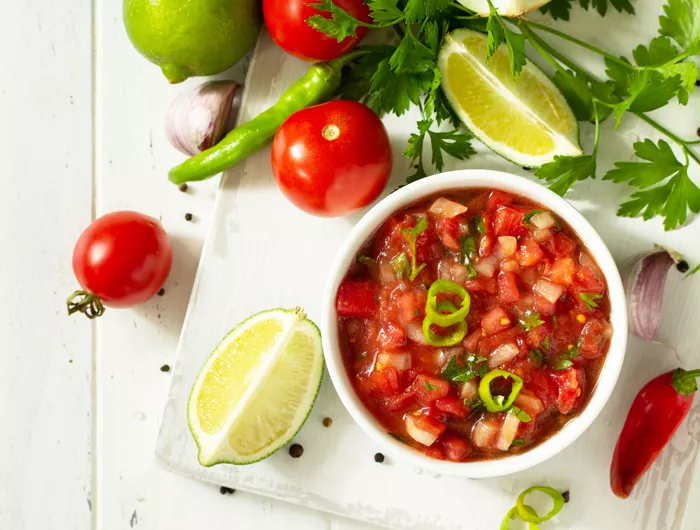Should you change your diet, take a supplement, or buy a special pillow to ease reflux?

“There’s this thought that everybody with reflux needs to avoid coffee, chocolate, fatty foods, and all of the trigger foods on the lists that you find online,” says Carolyn Newberry, a gastroenterologist and assistant professor of medicine at Weill Cornell Medical College. (Others include citrus, tomatoes, spicy foods, mint, and carbonated drinks.)
But there’s no good evidence that eliminating those foods extinguishes the flames of heartburn. “And it makes for a pretty bland diet and can give people anxiety about what they’re eating,” says Newberry.
Some spicy or acidic foods may irritate the esophagus, and others—like chocolate, mint, coffee, and alcohol—may relax the lower esophageal sphincter. Carbonated drinks can increase bloating, which could also cause the sphincter to relax. But no one has done randomized trials to see if avoiding those foods curbs heartburn.
High-fat meals
A few small trials have tested high-fat meals. “Fatty foods don’t drain from the stomach as quickly, which may lead the stomach contents to back up and induce reflux,” says Newberry.
In one study of 15 people with reflux, a meal with 600 calories and 20 grams of fat resulted in less acid in the esophagus and less heartburn than a meal with 1,100 calories and 65 grams of fat.
“Whether consuming less fat or lower-calorie meals works over the long term hasn’t been well studied,” says Scott Gabbard, a gastroenterologist at the Cleveland Clinic.
Where does that leave someone with heartburn?
“I don’t want to send the message that diet has no role in reflux, because it does for many people,” says Newberry. “But you need to figure out what your triggers are.”
“I tell people to cut out a food category in that list of triggers for a week or two, then to reintroduce it. If the food bothers you, avoid it. If it doesn’t, it’s probably not a culprit for you.”
What about supplements with ingredients like chamomile, licorice, or aloe?
No good studies have looked at whether they can help ease GERD symptoms.

What else helps?
■ Lose excess weight. “By losing weight, particularly around the midsection, you’re decreasing the pressure in the abdominal cavity, which helps reduce reflux,” says Newberry.
In a study on nearly 30,000 Norwegians with reflux, those who dropped the most weight were twice as likely to report a drop in reflux symptoms as those who dropped the least.
- Eat earlier. Not eating for a couple of hours before bedtime may help, though the evidence is limited.
One study had 30 people with reflux eat a Big Mac, fries, and a soda either six hours or two hours before bedtime. “Eating within a couple of hours of going to bed increased nighttime reflux,” says Newberry. - Elevate your torso. “Nighttime reflux can be quite bothersome,” says Gabbard. “If you lie on your back, the valve is essentially level with the contents of the stomach. And if you lie on your right side, the valve is submerged.”
“Lying on your left side at an incline positions the lower esophageal sphincter straight up,” says Gabbard. “So we studied a pillow that essentially locks patients in that proper position.”

“In an earlier study in people without GERD, sleeping in that position decreased acid in the esophagus by 87 percent compared to lying flat.” (The study was funded by the pillow maker.)
In the more recent study, Gabbard instructed 25 patients with nighttime reflux to sleep on a MedCline pillow (provided by the pillow maker) for at least 6 hours a night. After two weeks, “their score on a symptom scale improved by about 70 percent.”
But that study had no control group, so people may have felt better because they expected to or because symptoms tend to come and go over time.
Not ready to cough up $280 for a pillow?
Try sleeping on your left side or on a bed wedge or setting the head of your bed frame on blocks.
Photos: stock.adobe.com/elena_hramowa, Gaia Herbs, MedCline.
Tags
Topics

